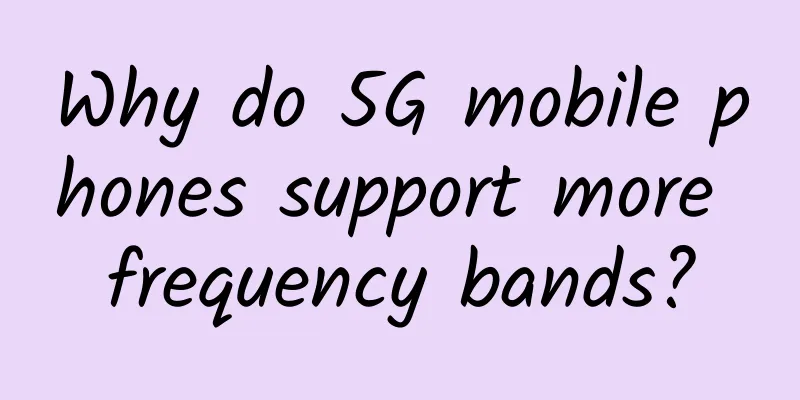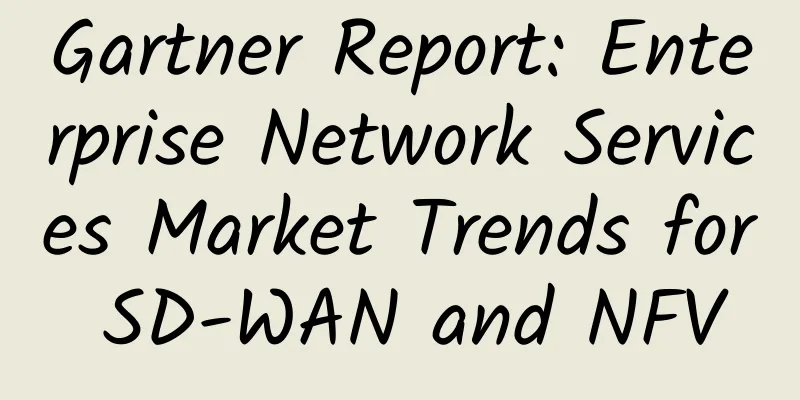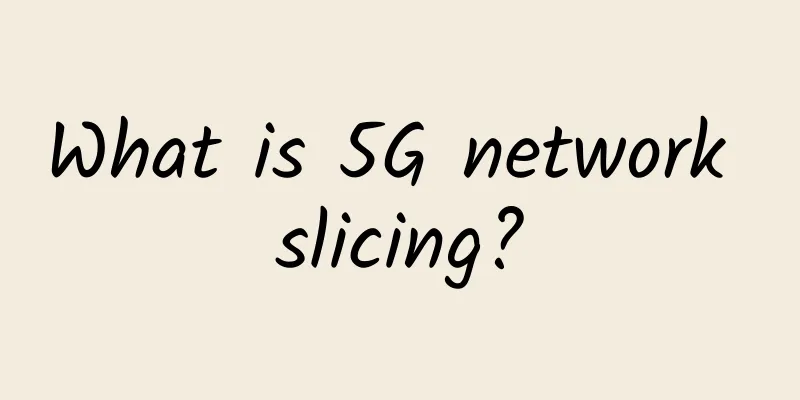When to use 5G and when to use Wi-Fi 6

We’ve seen a lot of hype about whether 5G cellular or Wi-Fi 6 will win out for enterprise use, but the reality is that the two are largely complementary, which will create an interesting playing field in the early 2020s. The potential of 5G in the enterpriseThe promise of 5G for enterprise users is higher connection speeds with lower latency. Cellular technology uses licensed frequency bands, which largely eliminates potential interference that can occur with unlicensed WiFi bands. Like current 4G LTE technology, 5G can be provided by cellular wireless carriers or built as a private network. 5G’s architecture requires more wireless access points, and there may be poor or no connectivity indoors. Therefore, a typical organization will need to evaluate its current 4G and potential 5G service configurations for PCs, routers, and other devices that connect to it. Deploying indoor microcells, repeaters, and distributed antennas can help address indoor 5G service issues. As with 4G, the best enterprise use cases for 5G are for true mobile connectivity, such as public safety vehicles and areas without blanket coverage (such as mining, oil and gas extraction, transportation, agriculture, and some manufacturing). In addition to extensive mobility, 5G also has advantages in authentication and deployment speed when roaming, which is just right for wide area network connectivity needs in temporary offices or retail locations. 5G will have the ability to offload data in congested situations such as live video streaming. As 5G standards mature, the technology will improve its choice for low-power IoT connections. 5G will be rolled out gradually over the next four to five years, starting in large cities and specific regions; 4G technology will continue to be popular for several years. Enterprise users will need new devices, dongles, and routers to connect to 5G services. For example, Apple's iPhone is not expected to support 5G until 2020, and IoT devices will require specific cellular network compatibility to connect to 5G. (LCTT translation note: The original article was published in mid-2019) Doyle Research expects that 5G’s promise of 1Gbps and higher bandwidth will have a significant impact on the SD-WAN market. 4G LTE has already made cellular service the primary WAN connection. 5G may be more cost-competitive or cheaper than many wired WAN options, such as MPLS or the Internet. 5G gives enterprise WAN administrators more options to provide more bandwidth to their branch sites and remote users—and over time, may replace MPLS. The potential of Wi-Fi 6 in the enterpriseWi-Fi is nearly ubiquitous, connecting portable laptops, tablets, and other devices to enterprise networks. Wi-Fi 6 (802.11ax) is the latest version of Wi-Fi and promises increased speeds, lower latency, improved aggregate bandwidth, and advanced traffic management. While Wi-Fi 6 has some similarities to 5G (both are based on orthogonal frequency division multiple access), Wi-Fi 6 is less susceptible to interference, uses less energy (extending device battery life), and has improved spectral efficiency. As with typical Wi-Fi, many vendors currently have early vendor-specific versions of Wi-Fi 6. The Wi-Fi Alliance plans to certify Wi-Fi 6 standard devices in 2020. Most companies will follow the standard. Access Point The lifecycle of their (APs) (three years or so) is to upgrade to Wi-Fi 6 unless they have specific performance/latency requirements that would prompt them to upgrade sooner. Wi-Fi access points will still be affected by interference. Designing and configuring access points to provide adequate coverage will be a challenge. Enterprise LAN managers will continue to need vendor-provided tools and partners to configure optimal Wi-Fi coverage for their organizations. Wi-Fi 6 solutions must integrate with wired LAN infrastructure. Wi-Fi vendors need to better provide enterprises with unified network management of wireless and wired solutions. The need for wired backhaulFor both technologies, wireless is combined with the wired network infrastructure to provide end-to-end high-speed communications. In the enterprise, Wi-Fi is often used with wired Ethernet switches in regional and some larger branch offices. Some devices connect to the switch via cables, others connect via Wi-Fi, and laptops may use both. Wi-Fi access points connect via Ethernet within the enterprise and connect to the WAN or Internet via fiber-optic connections. The architecture of 5G makes extensive use of fiber to connect distributed wireless access networks back to the core of the 5G network. Fiber is often required to provide the high bandwidth required to connect 5G endpoints to SaaS-based applications and provide real-time video and high-speed Internet access. Private 5G networks must also meet high-speed wired connection requirements. Switching ProblemsAs phones switch between 5G and Wi-Fi 6, enterprise IT managers should be aware of switching challenges. These issues can affect performance and user satisfaction. Some organizations are working to develop standards to promote better interoperability between Wi-Fi 6 and 5G. Because the architecture of Wi-Fi 6 is aligned with 5G, the experience of moving between cellular and Wi-Fi networks should be smoother. 5G vs. Wi-Fi 6 depends on location, application, and deviceWi-Fi 6 and 5G compete with each other in specific situations in enterprise environments, depending on location, application, and device type. IT managers should carefully evaluate their current and emerging connectivity needs. Wi-Fi will continue to dominate indoor environments, while mobile cellular networks will win with wider outdoor coverage. Some overlap occurs in stadiums, hotels, and other large event venues where many users will compete for bandwidth. Government applications, including smart city aspects, can be a good fit for both Wi-Fi and cellular. Healthcare facilities have many distributed medical devices and users that need to be connected. Large distributed manufacturing environments have similar characteristics. Emerging IoT application environments may be the most interesting "overlapping use cases." Advice for IT leadersWhile the wireless technologies that support them are converging, Wi-Fi 6 and 5G are fundamentally different networks that each have their own role in enterprise connectivity. Enterprise IT leaders should focus on how Wi-Fi and cellular networks complement each other, with Wi-Fi continuing to be the built-in technology that connects PCs and laptops, handles data for phones and tablets, and enables some IoT connections. 4G LTE, when upgraded to 5G, will remain the true mobile technology for phone and tablet connections, an option for PC connections (via dongles), and increasingly popular for connecting some IoT devices. 5G WAN links will increasingly become the standard, both as a backup to improve SD-WAN reliability and as primary links for remote offices. |
<<: Hand-write a Nodejs program that imitates WeChat login
>>: Ma Zai Comics: How to "wave four times" to your girlfriend
Recommend
Telecom, Mobile, Unicom, it will be too late if they don’t transform
Digital transformation has become a social consen...
Ruijie helps Sichuan Light Industry and Chemical Industry build an Ethernet all-optical campus network to accelerate the development of new education infrastructure
When it comes to smart campus construction and ed...
Casual talk: How to explain to my girlfriend why there is still a 460-second delay when playing Honor of Kings even with a 200M broadband?
Over the weekend, I was preparing a PPT for my an...
Gartner predicts: Global 5G network infrastructure revenue will grow 39% in 2021
[[416317]] Beijing time, August 9th, according to...
PM Experience Talks About the 5 Essential Features of Project Management Tools
【51CTO.com Quick Translation】 Project management ...
Why 5G won’t replace Wi-Fi 6 at the edge anytime soon
[[419672]] The shift to hybrid work and widely di...
Deeply cultivating integrated streaming media solutions, Yunfan Acceleration CDN obtains license from the Ministry of Industry and Information Technology
On September 6, the Ministry of Industry and Info...
Tencent Cloud Lighthouse Care, help you get up to 200 yuan in coupons
Tencent Cloud recently launched a lightweight wor...
The operating data of the three major operators in January was released: China Telecom’s 5G users are about to exceed 100 million
[[383106]] In a blink of an eye, the Spring Festi...
The competition among the four major data center host network virtualization technologies
Since it is the virtualization of the host networ...
Zhang Pingan, President of Huawei Consumer BG Cloud Service: Fertile Soil, Shining Stars, Win-win Digitalization
On June 22, DigiX2018 Huawei Terminal Global Part...
Maxthon Host Double 11 25% off, top up 311 yuan and get 111 yuan free, Hong Kong/Korea/Netherlands/Germany/USA CN2 line
Maxthon Hosting has released a promotional plan f...
In the case of Li Yunlong, the principle of SSL/TLS protocol can be explained as follows
At the end of the TV series "Bright Sword&qu...
Watch Process Little P tell its network performance story!
[[394922]] This article is reprinted from the WeC...
Huawei's first Intelligent Computing Conference was held in Beijing. Huawei released a new intelligent computing strategy to meet the 100 billion market
[51CTO.com original article] On December 21, 2018...









